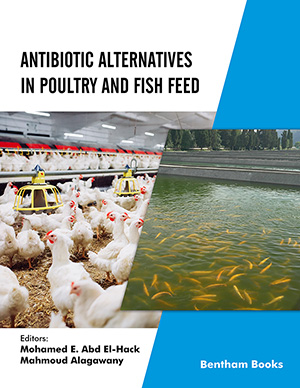Abstract
The search for natural alternatives to synthetic antioxidants and antimicrobials is growing tremendously as consumers become concerned with currently used compounds. Peanut phytoalexins may become a viable source of these compounds. Recent developments have shown compounds derived from peanuts possess both high antioxidant activity and antimicrobial capabilities. Some of these compounds have been identified as stilbenes and other low molecular weight phenolic compounds. Patents have been awarded for increasing the amounts of these compounds in peanut plants and in the peanut seeds. Increasing phytoalexins in peanut seeds may provide a method to increase dietary consumption of these compounds. In addition to their use as antioxidants and antimicrobials, peanut phytoalexins may possess beneficial health effects. Studies have shown these compounds to have anti-diabetic, anticancer, and vasodilatory effects. Many of the recent patents concerning peanut phytoalexins focus on this area with patents being submitted for synergistic effects with chemotherapy drugs and treatment of diabetes and hepatitis B. Peanut phytoalexins may not only be able to replace synthetic food ingredients, but may also treat diseases that currently plague the human population.
Keywords: Antioxidants, Arachis hypogaea, groundnut, peanut, phytoalexins, stilbenes, phenolic compounds, anti-diabetic, anticancer, vasodilatory, synergistic effects, chemotherapy drugs, microbes, fungi, UV light, Resveratrol, shikimic-polymalonate acid, malonyl-CoA, respiration, flavin, caffeic acid, ferulic acid, TSWV, hulls, BHA, luteolin, HPLC, pH, DPPH, EPR, HPLC-TOF-MS, ORAC, TAA, LC-MS, Seeds, TLC, SIRT1, LDL, BHT, PG, TBHQ
 5
5


















